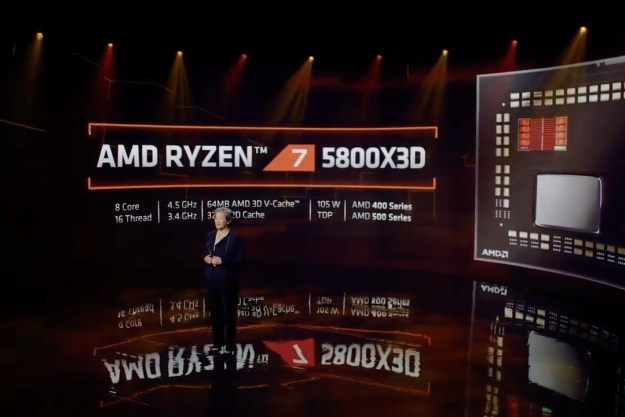Previously, the limitations of 3D printing have been relegated largely to a materials issue. After all, how much cool stuff can you really make with just plastic? But recent innovations have introduced a slew of new mediums for 3D printers to work with (hello printed skin and blood vessels), and the latest to join the crew is ceramics. That’s right — you don’t have to sit at a potter’s wheel anymore to make beautiful ceramic pieces. Now, you can just 3D print them. It’s almost too easy.
The ability to print with this new material is being heralded as a huge step forward for the additive manufacturing industry. Whereas polymers and metals can be important in their own right, having just two choices has often rendered 3D printing an illogical choice for certain industries. But now, the highly sought after strength, heat resistance, anti-corrosive properties, and low friction coefficient of ceramics could make 3D printing a new and attractive option for a number of new users. For users ranging from the military to NASA, this could be a real game changer.
It’s taken so long to get ceramics into a 3D printer because, as Zak Eckel, an engineer at HRL Laboratories says, “Ceramics are just notoriously difficult to process.” But thanks to his work, that may no longer be true. Eckel and his team have managed to print a material that initially looks like plastic, but once heated, actually turns into ceramics. As Popular Mechanics explains, “The team uses a $3,000 printer to print 100 micron thick layers of a plastic-like material out of a resin. That resin contains all the molecules you need to form a tough ceramic. The printing process is done by carefully etching layers of the resin with a UV light, which fuses small molecular clumps (called monomers) into long plastic-like chains (called polymers).”
Then, as soon as that “plastic” potion is completed, it’s slowly heated in an argon gas oven to temperatures of 1,000 degrees Celsius. Everything else is burned away, leaving just the ceramic behind.
The Defense Advanced Research Projects Agency (DARPA) is now funding the team’s next round of research, with hopes that the new technology can be used to print a ceramic aeroshell. So watch out, manufacturers — 3D printing is evolving, and fast.
Editors' Recommendations
- Nvidia turns simple text prompts into game-ready 3D models
- 3D printed cheesecake? Inside the culinary quest to make a Star Trek food replicator
- This is how you can accidentally kill AMD’s best CPU for gaming
- AMD Ryzen 7 5800X3D beats predecessor, but AMD promised more
- AMD’s revolutionary 3D V-Cache chip could launch very soon


